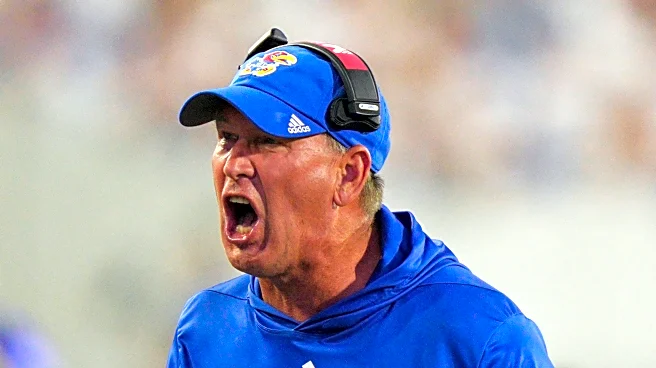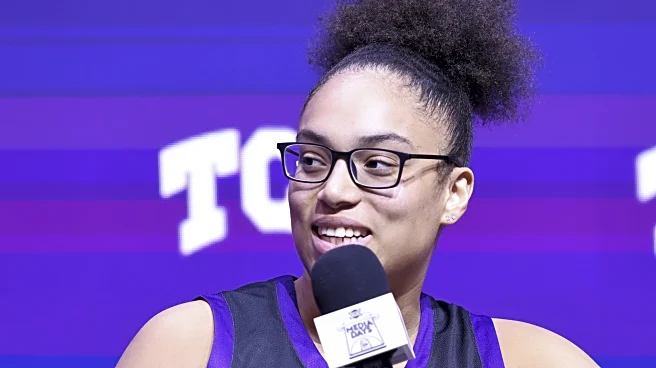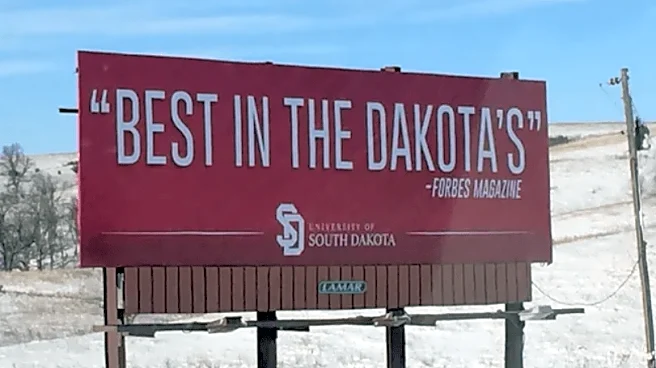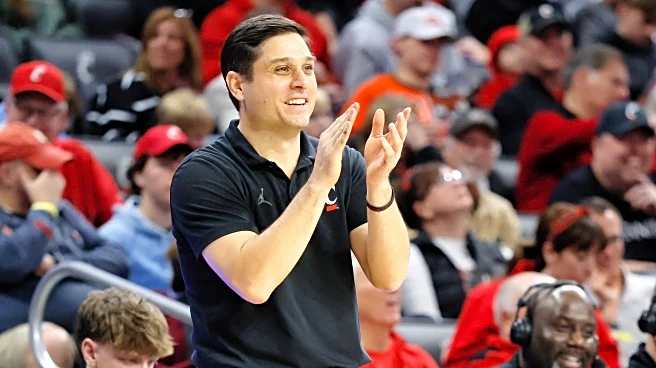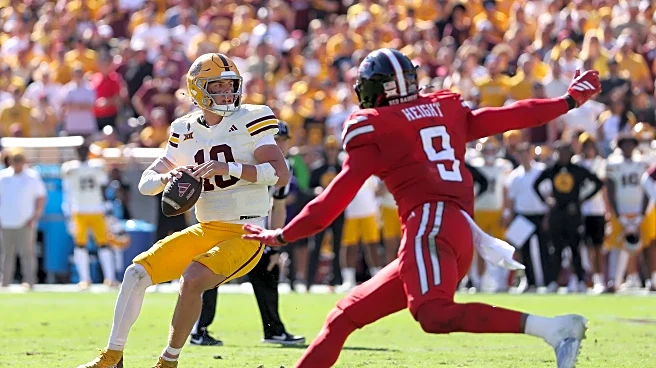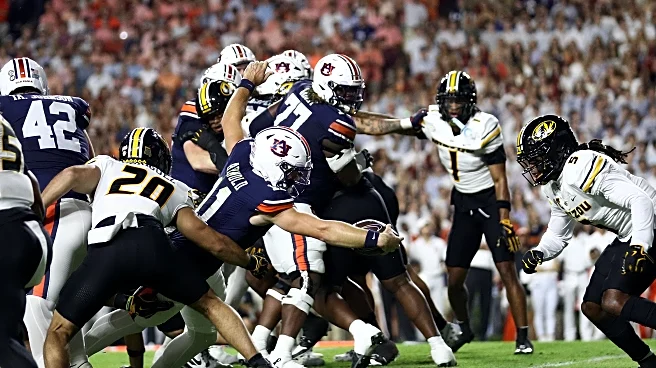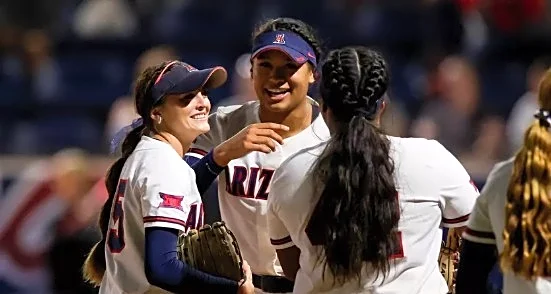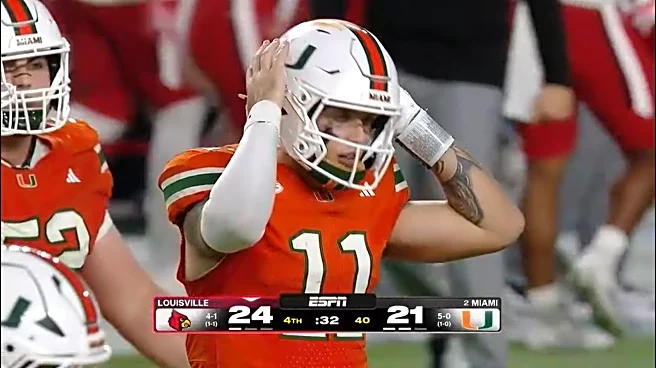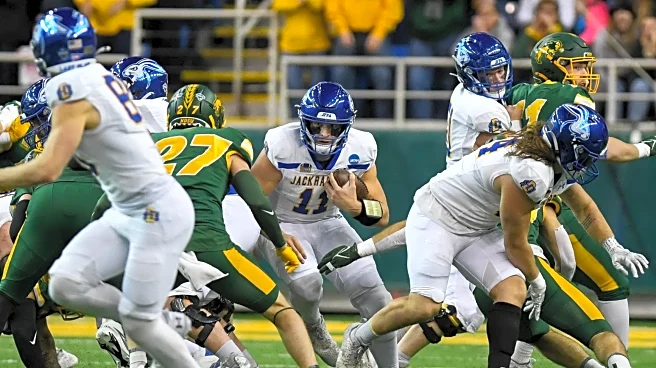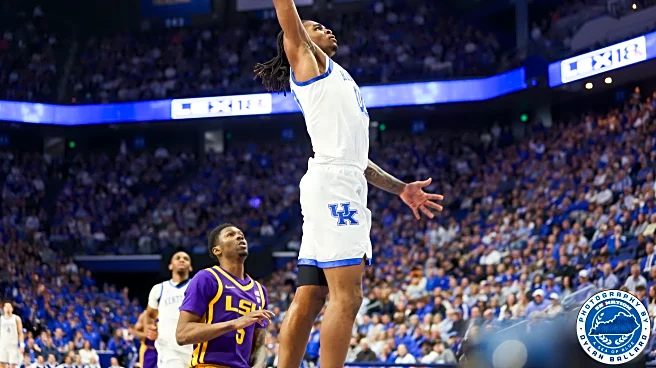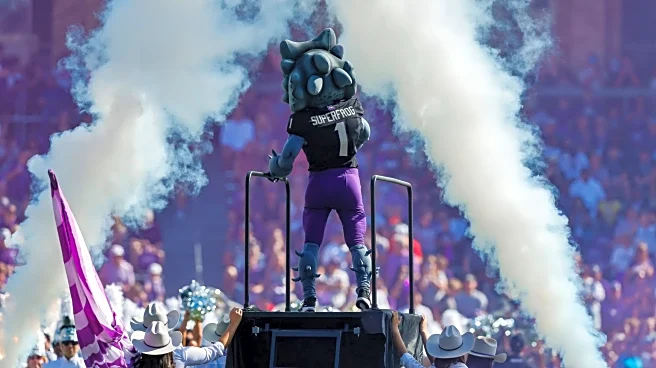Needless to say, but I suppose I’ll say it anyway, this season hasn’t gone as hoped for either of the Big 12 Kansas football teams.
Kansas State can’t get out of its own way and has a couple of mind-boggling
losses on its resume. If Kansas State and Army play 100 times, Kansas State wins 95 times; unfortunately, one of those five times hits when it matters most. It’s been that type of season for the Wildcats. Lofty preseason expectations have compounded fan frustration. The win over TCU somewhat staunched the bleeding but I have no idea if the team is capable of building on that performance.
Meanwhile, down the road in Lawrence, the Jayhawks have been doing what the Jayhawks do under Lance Leipold. Namely, they’re 4-3 and can’t find any consistency. Sometimes they look like world beaters; other times, like Kansas football. Their two conference wins are against bottom-feeders West Virginia and UCF. In their first game against a ranked opponent last week, Texas Tech buried them in a hail of tortillas and touchdowns en route to a 42-17 loss. Throw in a home loss to a suddenly red-hot Cincinnati squad, and by Kansas football standards, you still have a remarkable season.
Still, when looked at through the lens of standard college football expectations, the Jayhawks are a disappointment.
One thing I’m certain of is that the game will be played on Saturday. One team will win, and one team will lose. I’m not sure which team will do the winning and which will do the losing, but here’s what Kansas needs to do to win the game
Kansas Keys
Offense
When I watch Kansas on film, I have to remind myself that Jalon Daniels is still playing quarterback. It’s been six roller coaster seasons for the Jayhawks quarterback, but it looks like he’s finally got the passing game down in his final stanza. Daniels is completing a career-high 70% of his passes (I’m throwing out 2023, when he completed 75% but played in only three games) and has thrown 18 touchdowns with only two interceptions. At the same time, he’s only averaging 28 yards a game on the ground and has one rushing touchdown.
He no longer looks like the electric “dual threat” quarterback he teased everyone with early in his career, and maybe that’s a good thing (at least for Kansas and Daniels)?
Against Texas Tech, Daniels was stunningly efficient despite the Jayhawks’ overall struggles, completing 27/33 passes (82%) for 255 yards, two touchdowns, and no interceptions. I’m still trying to figure out how a team only puts up 17 points with those types of numbers from their quarterback. It’s even more confusing when you realize that they scored all 17 points in the second quarter. The second half featured five consecutive Kansas punts and a turnover on downs (last possession of the game). I know being a Kansas State fan has been rough this season, but the few die-hard Kansas football fans have to be straight-up masochists.
Jalon has to have a big game through the air on Saturday because the Kansas defense has been dog water this season (I’ll get to that in a moment). That means using the play-action pass. When Daniels can freeze the safeties and linebackers, or better yet, get them to take a step forward, he’s elite. According to Pro Football Focus, he’s completing 80% of his play-action passes and only 62% of his non-play-action passes. 13 of his 18 touchdowns have come off play action, and he’s yet to throw a pick. When Kansas doesn’t protect him with play action, he has five touchdowns and two interceptions.
Kansas State’s secondary and linebackers can’t overreact to play fakes. Daniels loves to work the intermediate middle (10-19 yards, inside the tackle box), where he’s completed 21/23 passes for 404 yards and seven touchdowns. He wants the linebackers to step up on the run fake, then throw it over their heads and in front of the deep safety. When the Jayhawks need a play in the passing game, look for tight end Boden Groen in the middle of the field. The 6’4”, 240-pound Rice transfer had a career high 13 receptions for 76 yards and a touchdown against Texas Tech and has been over 50 yards in receiving in each of the previous three games. It looks like he’s established himself as Daniel’s middle-of-the-field safety blanket.
Wide receivers Cam Pickett and Emmanuel Henderson Jr. hold it down on the outside for Lance Leipold’s crew. Pickett, in particular, has come on recently. He’s collected 11 receptions for 146 yards over the last two games. Meanwhile, Henderson Jr. has been but his numbers are a bit skewed by his 214-yard, two-touchdown game in a loss to Cincinnati. Outside of that game, he’s cleared 50 yards once over the last five games.
That takes us to the running portion of the play action pass. Kansas needs the other team to believe they are interested in running the ball, even when they’re not. That job usually falls to 5’10’, 215-pound Iowa transfer Leshon Williams. When the Jayhawks hand him the ball, he’s been efficient. He averaged over five yards a carry during Kansas’s West Virginia, Cincinnati, and UCF portion of the schedule. He only put up six yards on five carries against Texas Tech, but Leipold didn’t have any interest in running the ball against the Red Raiders. He’s a tough, between-the-tackles runner who is averaging a little over 4 yards after first contact. As we all know, tackling hasn’t exactly been a strong suit for the Wildcats, and the last thing they want is for Williams to get going, because if that happens, their play-action passing game is almost indefensible.
In summary
Kansas wants to utilize the play-action passing game to pick apart the Kansas State secondary. To do that, they need to establish some semblance of a run game. The Wildcats have to stop the Jayhawks from running the ball with their front seven. The worst thing a defense can do against this Kansas team is to allow Daniels to throw play-action passes against run-heavy boxes and single coverage.
That’s the goal of their offense.
If the Wildcats can neutralize the run without having to dedicate extra defenders to the box, it’s going to be a long day for the Kansas offense.
If the Jayhawks can get their power run game going, the Kansas State secondary is going to have to step up and make a few plays that they have failed to make so far this season.
Defense
Run. The. Damn. Ball.
I would say that Kansas’s defense has been a sieve when it comes to stopping the run, but at least a sieve stops some stuff. Texas Tech only threw for 133 yards and still put up 42 points because they rushed for 372 yards. Red Raider running back Cameron Dickey ran for an absurd 263 yards on 23 carries (12.5 YPC). Those are the type of rushing numbers you see in a lopsided high school game, and Texas Tech wasn’t a one-off bad performance.
Look at this mess
vs Missouri:
Ahmad Hardy – 25 carries – 112 yards – 1 touchdown
Jamal Roberts – 13 carries – 143 yards – 1 touchdown
vs West Virginia
Jaylen Henderson – 7 carries – 79 yards – 1 touchdown
vs Cincinnati
Tawee Walker – 18 carries – 73 yards – 2 touchdowns
Brendan Sorsby – 13 carries – 52 yards
Evan Pryor – 6 carries – 90 yards
vs UCF
Myles Montgomery – 22 carries – 110 yards – 2 touchdowns
Jaden Nixon – 7 carries – 60 yards
vs Texas Tech
Cameron Dickey – 21 carries – 263 yards – 2 touchdowns
J’Koby Williams – 9 carries – 48 yards
Will Hammond – 8 carries – 61 yards – 2 touchdowns
In Summary
There’s no need to delve any further into the Kansas defense. They are 118th in the nation at stopping the run. The only Power 4 team with a worse run defense is Arkansas, who comes in 119th and has already fired their coach.
I propose that someone break into Matt Wells’ office, confiscate his play chart, and delete all the passing plays. Better yet, replace it with an old Collin Klein play chart. The Wildcats need to run the ball, and then run the ball, and then, regardless of the outcome, run the ball. The only reason to pass against Kansas is if they leave someone wide open on the outside, and even then, you may still be able to break off a bigger play running the ball. DJ Giddens might go for 300+ against this Kansas defense.
Dylan Edwards is out for this game, but that’s par for the course. Building your run game around a 5’9”, 170 back with a checkered injury history, in retrospect, was a poor choice, but Joe Jackson should be more than capable of gutting this Jayhawk defense. Kansas State’s need to run the ball in this game raises an interesting question about the quarterback position.
Will we see more of the Blake Barnett package?
I honestly don’t think this Kansas defense could withstand a full-out Wildcat avalanche in the run game. The fewer passes thrown, the better, in my humble opinion. Barnett gives this rushing attack a power element that Avery doesn’t usually bring to the table. Avery looked more interested in running the ball against TCU, and I’m sure he’ll get the majority of the snaps in this game, but if the coaching staff is serious about incorporating Barnett down the stretch as a power running back playing quarterback, now would be the time to feature it. From what I’ve seen, a competent high school running attack would give this Kansas defense trouble.
I’m not even going to talk about the Kansas secondary because they shouldn’t play much of a role in this game. If they do, things have gone poorly, and Kansas State will struggle.
Sometimes coaches make football more complicated than it needs to be. Let’s hope the Wildcat brain trust doesn’t do that on Saturday. If they run the ball on offense and don’t fall for the Kansas play-action passing attack, they will have to find a creative way to lose the game. I wouldn’t put it past this squad, but color me cautiously optimistic.
This is a good matchup for Kansas State.
